From The American Spectator:
Geithner's Good Deal for Taxpayers: We Got Hosed
By Joseph Lawler on 6.24.10 @ 4:58PM
On Tuesday, Treasury Secretary Tim Geithner went before the Congressional Oversight Panel and testified that the big banks have repaid about 75 percent of the TARP funds they received, and that the government expects "TARP investments in banks to generate a positive return on the whole" for taxpayers.
But if the message that the administration wants the public to hear is that TARP has proved a good deal for taxpayers, it should be met with skepticism. Taxpayers did not get a good deal on TARP. Instead, the big banks got a very advantageous bailout and put it on the government's tab. Unfortunately, as the financial reform bill wends its way through Congress, there is little indication that anyone other than Rep. Jeb Hensarling understands this.
In his testimony, Geithner laid out the administration's excuse for claiming that taxpayers got a good deal on TARP:
To date, banks have repaid approximately 75 percent of TARP funds they received, and TARP investments in banks have generated taxpayers $21 billion in income from dividends, sales of warrants and stock, and fees from cancelled guarantees.
There are two problems with Geithner's system of accounting. First, taxpayer support for the big banks during the financial crisis went beyond TARP funds. Second, as financial blogger Yves Smith explains, merely recovering TARP funds does not constitute a good deal - far from it:
Most important, the key metric as to whether the deal was a good deal is not the speed of repayment, as the Adminstration's boosterism implies, but whether the deal was a good one given market conditions as of October 2008. Answer: not at all. The deal was lousy on its face, and it did NOT serve to advance what should have been the overarching objective, namely, putting the industry on sounder terms, say by using the leverage to extract key concessions. Instead, this was another manifestation that the officialdom has adopted through the entire crisis: patch the system up with duct tape and baling wire, and if it looks even remotely operational, tout it as tremendous success.
In other words, in late 2008 and early 2009, Wall Street was in big trouble and would have failed without government aid. If the banks were insolvent, as opposed to merely illiquid, as then-Treasury secretary Hank Paulson argued, they had nowhere else to turn, and would have made enormous concessions in return for immediate help. The feds could have demanded that the banks agree to stringent reforms, as Smith suggests, or they could have stipulated punitive terms to ensure that taxpayers were rewarded monetarily for taking on the risk of injecting capital into the banks.
Instead, Paulson, Geithner (as New York Fed chief), and company required neither, and instead gave the banks very favorable terms. Now that the banks are doing well enough to pay back TARP funds in dividends and warrant sales, Geithner is claiming that they were liquid all along, and that the Paulson plan worked to perfection.
The reality, though, is that the investment banks were insolvent, and that they profited not just by TARP but also by the government's rescue of Fannie and Freddie and by the Fed's extremely accommodative monetary policy. It's questionable that the big banks would be profitable today in the absence of these measures.
Look at the non-big banks that the government decided needed bailouts. They are still largely insolvent: Fannie and Freddie are expected to lose around $400 billion. Geithner acknowledged in his testimony that AIG will probably never pay back the $182 billion in TARP funds it received, and the same goes for GM and Chrysler. Many of the community banks deemed troubled enough for TARP are having trouble paying taxpayers back.
What is the difference between these non-investment bank bailout recipients and the TARP recipients Geithner brags about? The investment banks profited by exploiting a simple carry trade: borrowing short term at the Fed's near-zero rates and selling longer term debt with higher yields. Without this "transfer from savers to banks," the investment banks would probably be in the same position as the other bailout recipients - insolvent to this day.
For buying stakes in banks that were insolvent without their aid, the taxpayers deserve more than merely getting their money back. A good deal would have been enormous profits and the end of "too big to fail." Geithner's deal - breaking even on TARP loans to banks and instituting some meaningless regulations - falls far short.
Since the bailouts allowed the banks to survive and become as profitable as they are today, and Fannie and Freddie's resolution is looking like by far the most expensive piece of the financial rescue efforts, it only makes sense to put the investment banks on the hook for the endless Fannie and Freddie bailouts. Jeb Hensarling's attempt to do exactly that was a smart move.
A READER ON THE STATE OF THE POLITICAL DECAY AND IDEOLOGICAL GRIDLOCK BETWEEN ONE GROUP WHO SEEK TO DESTROY THE COUNTRY, AND THOSE WHO WANT TO RESTORE IT.
The Rise and Fall of Hope and Change




Alexis de Toqueville
The American Republic will endure until the day Congress discovers that it can bribe the public with the public's money.
Alexis de Tocqueville
Alexis de Tocqueville
The United States Capitol Building
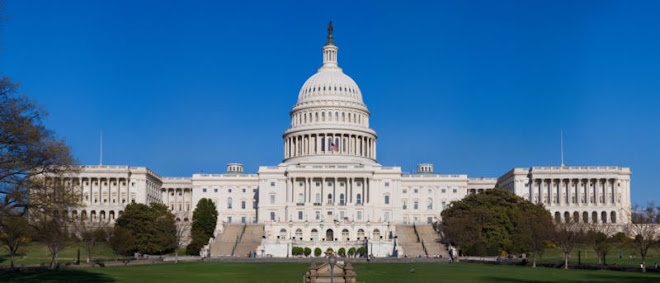
The Constitutional Convention
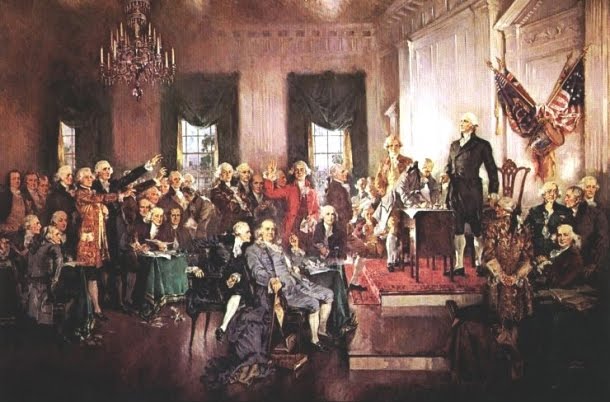
The Continental Congress
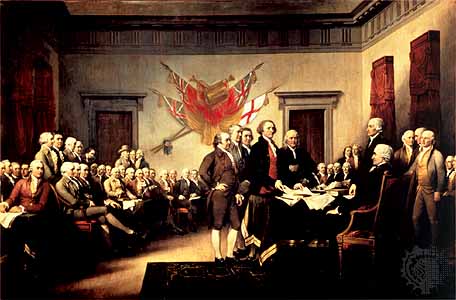
George Washington at Valley Forge
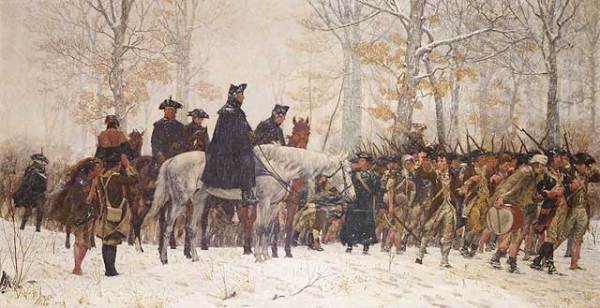
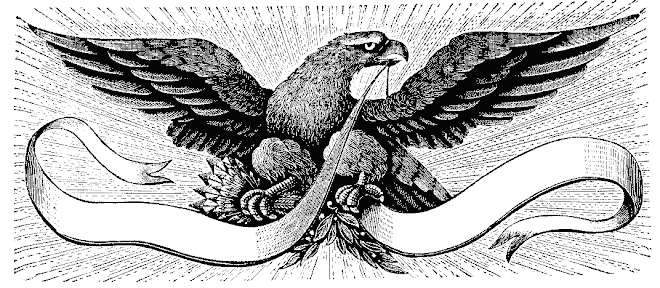

No comments:
Post a Comment